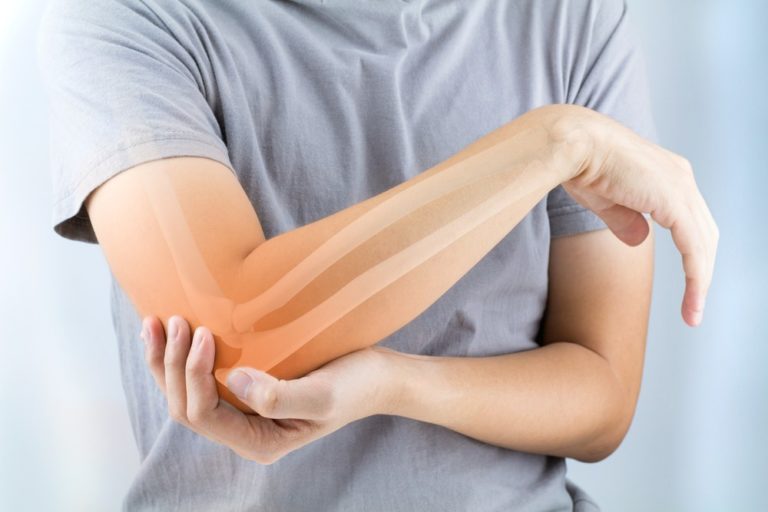Getting Veterans (VA) Disability for Orthopedic Injuries

CCK Law: Our Vital Role in Veterans Law
Veterans often suffer from injuries long after they have completed their service to our country. Orthopedic injuries can be especially difficult to manage as they can impact every part of your life. The veterans advocates at Chisholm Chisholm & Kilpatrick LTD represent veterans suffering with many types of orthopedic injuries during every part of the disability benefits process. Call us at 401-331-6300 to discuss whether you might be eligible to receive veterans (VA) disability benefits for orthopedic injuries.
Do I qualify for disability benefits for my orthopedic injury?
To qualify for benefits, we must be able to establish:
- An in-service event or injury
- A current diagnosis of an orthopedic injury or condition
- A nexus between the in-service event and your diagnosis
You might also qualify if we can prove that your service exacerbated an existing condition.
Proving that your injuries constitute a disability will require us to prove to the Department of Veterans Affairs (VA) that you have suffered functional loss in one or more of the following areas through a series of medical exams:
- Weakness
- Atrophy
- Limitation of motion
- Deformity
- Pain

Check out our BLOG for more on orthopedic ratings here.
How can I receive benefits for an orthopedic injury?
The first thing we need to do is submit an application for benefits. Your application should include:
- Separation papers or discharge papers indicating that you left the military in good standing
- Service Treatment Records
- Any medical documentation available, including doctor and hospital reports detailing your condition, treatment, and prognosis
Once the VA has received your application, it will determine whether your injuries occurred as a result of your service. It will then assign a rating to your service-related disabilities based on how severe your disabilities are and how much they impact your daily life. The VA lists the ratings, which range from 0 to 100 percent, in its Schedule of Rating Disabilities (VASRD). Ratings directly impact how much you will receive in disability compensation.
Here are some of the most common body parts affected by orthopedic injuries and how we might establish the severity of your disability:
- Joints (e.g., shoulders, elbows, hip, knee, ankle): If you have a joint condition, your best bet is to establish limitation of range of motion with measurements and show that it greatly reduces function and interferes with your everyday life.
- Muscles: The VA ranks muscle injuries from mild to severe. Muscle injuries can be penetrating (e.g., gunshot or shell fragment wound) or non-penetrating (e.g., muscle tear). X-rays will show debris present in the muscle, atrophy, tears, and other serious damages to the muscle.
- Bone fractures: The severity of a broken bone depends on the force that caused the break. Open fractures are particularly severe as they can cause the bone fragments to penetrate the skin. In some cases, broken bones can cause infections or nerve damage, causing additional complications. We will provide medical reports to help establish the severity and impact of the break.
- Spine: Lower back injuries are some of the most common injuries among veterans. Spine injuries can be difficult to rate, but generally we will use the range of motion measurements to establish limitations of motion. Abnormal spine contour, muscle spasms, and pain with movement can all affect ratings.
- Amputation: The rating for a service-related amputation will depend on whether the amputation was complete or partial, what part of the body required amputation, and any complications arising from the amputation.
It is very important that the medical examinations provided to the VA are complete and include general, orthopedic, surgical, and neurological exams, as well as special examinations relating to the condition. Failure to provide thorough medical reports may cause the VA to doubt the severity of your orthopedic injuries and deny you benefits.
Secondary Conditions
Orthopedic conditions often cause additional (secondary) disability and injury. For example, if a veteran injured his knee in service and develops arthritis as a result, the VA might consider the arthritis a service-connected injury.
We Can Help You Recover Benefits for Your Orthopedic Injuries
From strained back muscles to broken bones, orthopedic injuries can be serious and cause major issues for veterans. While in service, veterans are often loading heavy machinery onto trucks, hauling ammunition, and doing many other physically demanding tasks. These responsibilities can take a toll on veterans’ bodies for years after their service ends.
Disability benefits are essential to help disabled veterans take care of themselves and their families, especially if they are unable to work. Yet, the VA often finds many reasons to deny benefits to injured veterans.
At Chisholm Chisholm & Kilpatrick LTD, our priority is to help injured and disabled veterans struggling with orthopedic disabilities receive the benefits to which they are entitled. Call 401-331-6300 for a free case evaluation.
Share this Post